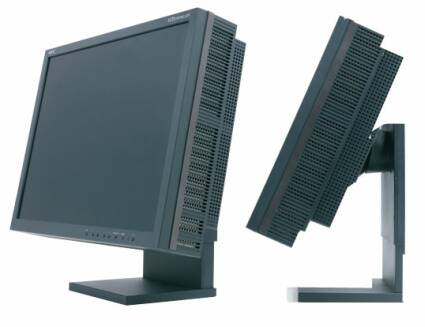A Revolution? The First Lumileds LCD Display
In Practice
Office applications were no problem, but you'd have to be a masochist to buy a SpectraView 2180WG-LED and use it only for that. Photo retouching is clearly the application where the SpectraView 2180WG-LED will show its full potential; performance was excellent for that, needless to say. The colors were vibrant and even the most difficult shots posed no problems. The Lumileds technology adds depth to your color photos, but even black-and-white shots benefit from the increased dynamics. NEC sent us the SpectraView 2180WG-LED at the same time as a SpectraView 2180UX. The difference was major, and yet the 2180UX was already well ahead of the competition, with the possible exception of the Eizo L997.
Video is a field the SpectraView 2180WG-LED can play on, but it's not its best discipline. Noise wasn't necessarily the most troublesome thing, but latency was detectable in tracking shots. What about video games? If you want to work out your frustrations with Half-Life 2 after a hard day's work, you can do it, but that's not what the monitor was made for. In 1280x1024, the image was atrocious, and you don't even want to know about 1024x768.
Conclusion
NEC has clearly left its mark on the evolution of LCD technology. At a time when nobody is questioning the supremacy of LCD technology on the monitor market, it's good to see that someone is looking out for its future, because the competition is arriving, led by SED. Of course this monitor isn't for everyone, and it's especially not for everyone's wallet. But at least it shows the direction in which other manufacturers are sure to head soon, whether with TV sets or computer monitors. Or at least we hope they will, because Lumileds does great things for the static qualities of LCDs. Now let's hope for a Lumileds monitor with carefully driven Overdrive...
Get Tom's Hardware's best news and in-depth reviews, straight to your inbox.
Current page: In Practice
Prev Page NEC SpectraView 2180WG-LED: Less Than Ideal Response Time